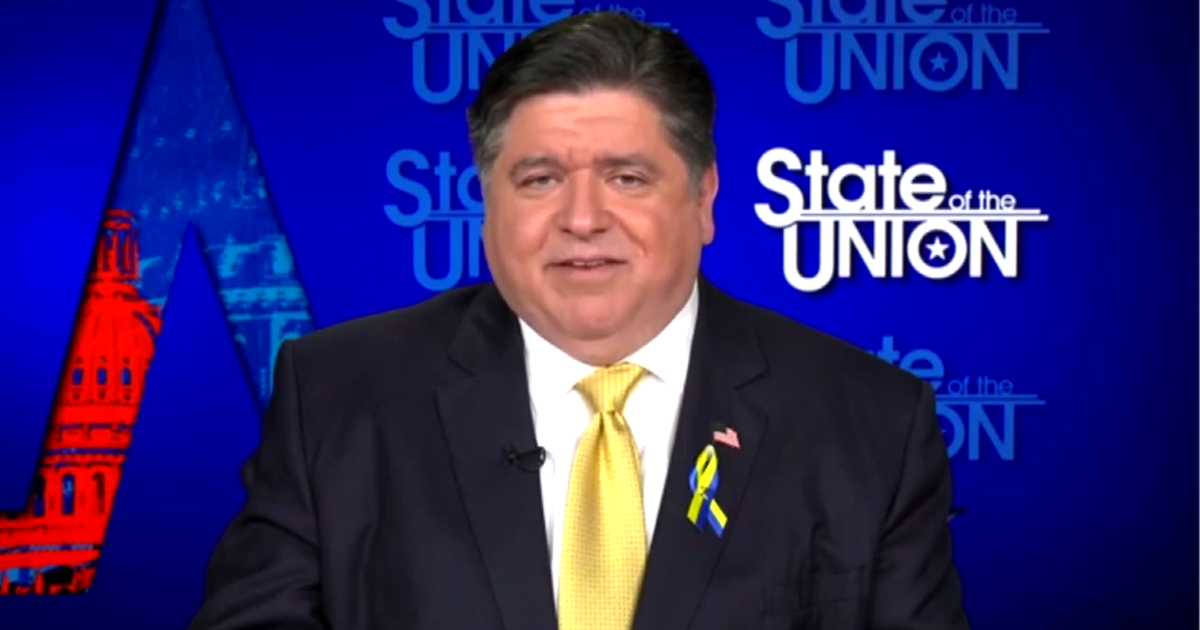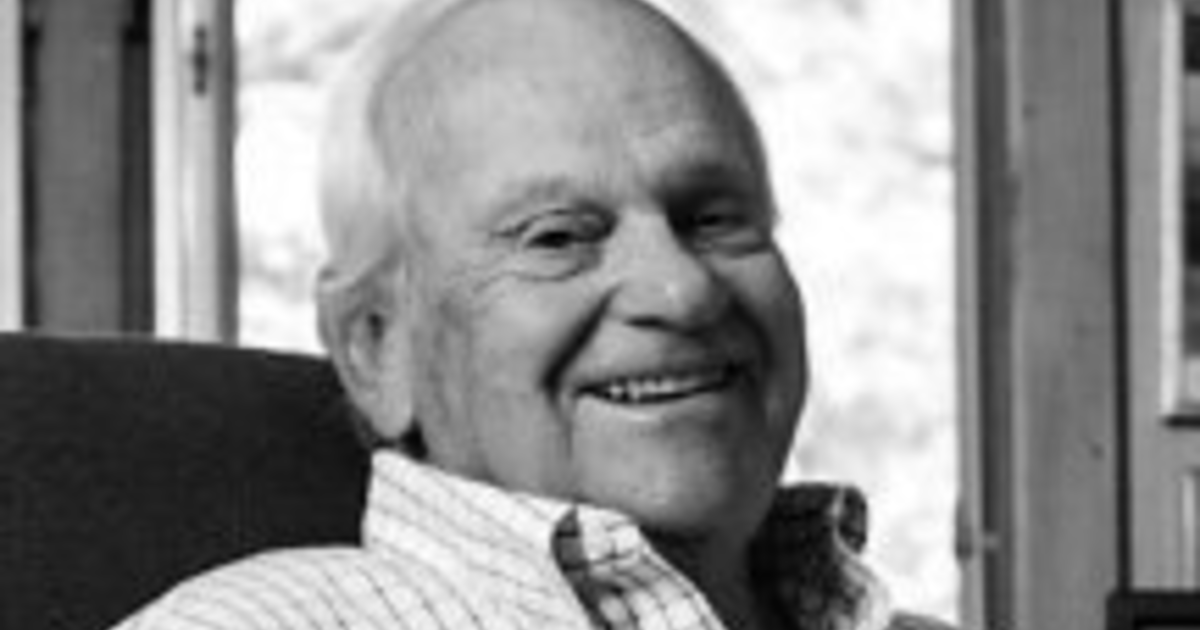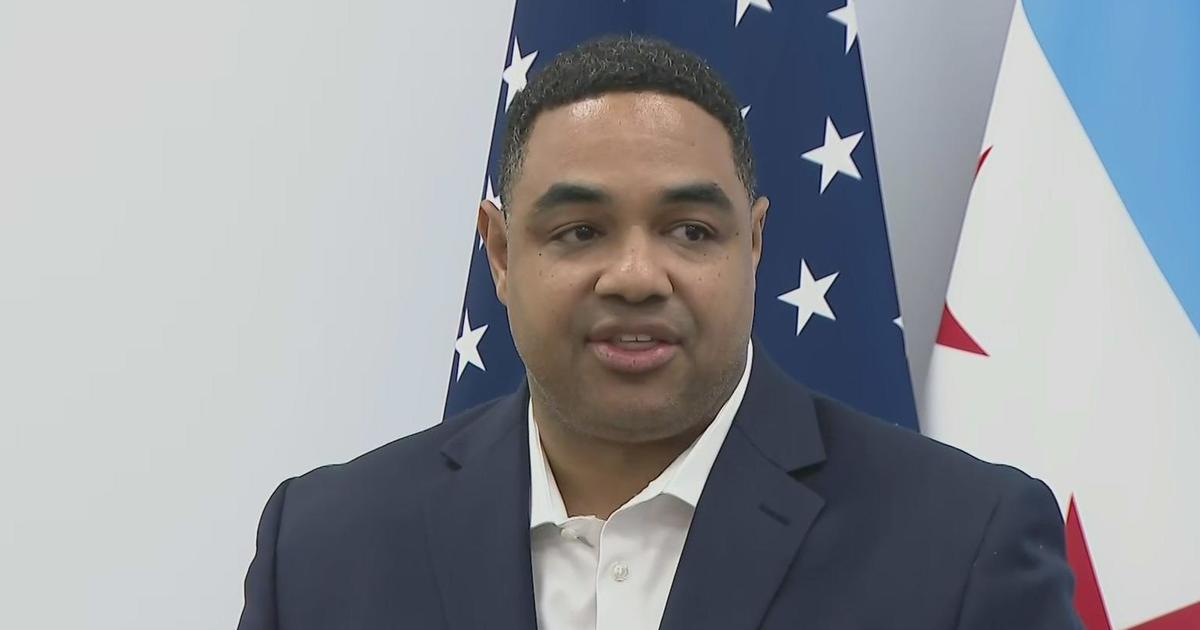Possible Nail-Biter: Whether To Use UV Lamps After Manicures
It's a weekly ritual for many women: Going to the nail salon for a manicure.
But as Mary Kay Kleist reports they may be putting themselves in potential danger.
They're called ultra-violet nail dryers. You'll find them in almost every salon. They use UV light to quickly cure the polish to a shiny finish.
But some dermatologists believe there could also be a danger.
"UV stands for ultraviolet light," Dr. Jean Tang and Stanford University says. "It's specifically UVA. This UVA sunlight is also used in tanning beds."
Ultra-violet rays are the reason we wear sun block. UV rays are known to cause premature aging. But, that's not what doctors are worried about.
"There's a very theoretical risk that this mini-UV tanning bed used by nail salons can contribute to skin cancer," Tang says.
A 2009 article in the Archives of Dermatology was first to suggest a possible link between these nail dryers and cancer. The report cited two middle-aged women who developed skin cancer on the backs of their hands. Both had long histories of drying manicures under UV lights.
"If you get your nails treated and dried with these UV lamps many times a year for several years, I think that probably could increase your risk for skin cancer," Tang says.
There are some special manicures -- for example, those using acrylic nails, where the lights are needed for curing the finish. But for most manicures, they're just used to speed up the drying.
At one neighborhood salon in Edgebrook, owner Maria Materna says she doesn't believe in UV lamps.
"I don't want to put my clients at risk," she told CBS 2's Mary Kay Kleist.
Also, top coats today are very quick drying, and her clients can use a fan dryer or just let their nails air-dry.
Dermatologists advise you to protect yourself and consider putting some sunscreen on your hands.



